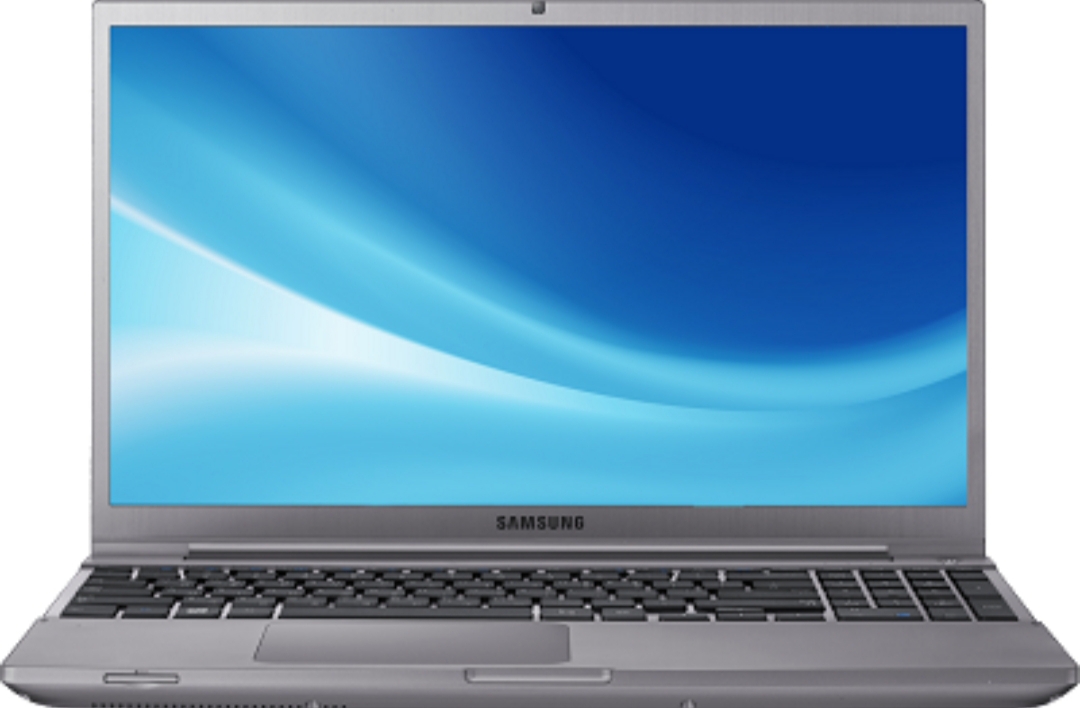How to Check Your Computer’s Full Configuration and Specification

When I meet people and ask them to show me the configuration of their computer, they are fast at clicking on system properties, and with that they show me the RAM size and the name of their computer’s processor.
They are right—at least we all want the next person to know that our PC RAM is 12GB and processor is corei7. Computer hardware configuration, however, is more than RAM and processor– but the two, of course, are indispensable.
But computers come with other hardwares that you may need to checkout when deciding to buy one. You might want to check the system resolution, the adapter RAM, the graphic processor, the CD-ROM and probably the hard disk manufacturer.
All these configurations are not in system properties.
So if you are curious like me, steps below will help you in digging deep into your hardware configuration:
Checking Full Hardware Configuration
For Computer running Windows 10, 8.1 and 8, follow this step:
Go to Control Panel and change View by from Category to Small icons.
After that, click on administrative tool; one of the tools here was used in my recent post on how to defrag a hard disk to boost the speed of a computer.
After clicking the administrative tool, click on System Information.
Clicking system information brings up the window that shows your full PC configuration.
The Information you will first see are summary of your computer which include: Name of Operating System and version, system manufacturer and model, bios information etc.
One useful information you can get from system information is the specific name of your computer. There are time you will need to download a particular driver for your computer. And this might be the only means of getting your PC name in order to download the correct driver.
To get the name of your computer, combine the system manufacturer name with the system model. In this combination, my system name will be TOSHIBA Satellite C660D which is correct.
To really get deep into your computer’s hardware configuration, you need to click on the plus signs in different sections of the system information. I recommend exploring the components section; virtually all configuration about your computer can be seen the the section.
On Windows 7, do as follow:
Click the start button.
After clicking the start button, type msinfo in the search box.
After typing the search word, click on system information to see the detailed hardware information of your computer.
The same information will be displayed but in slightly different arrangement.














